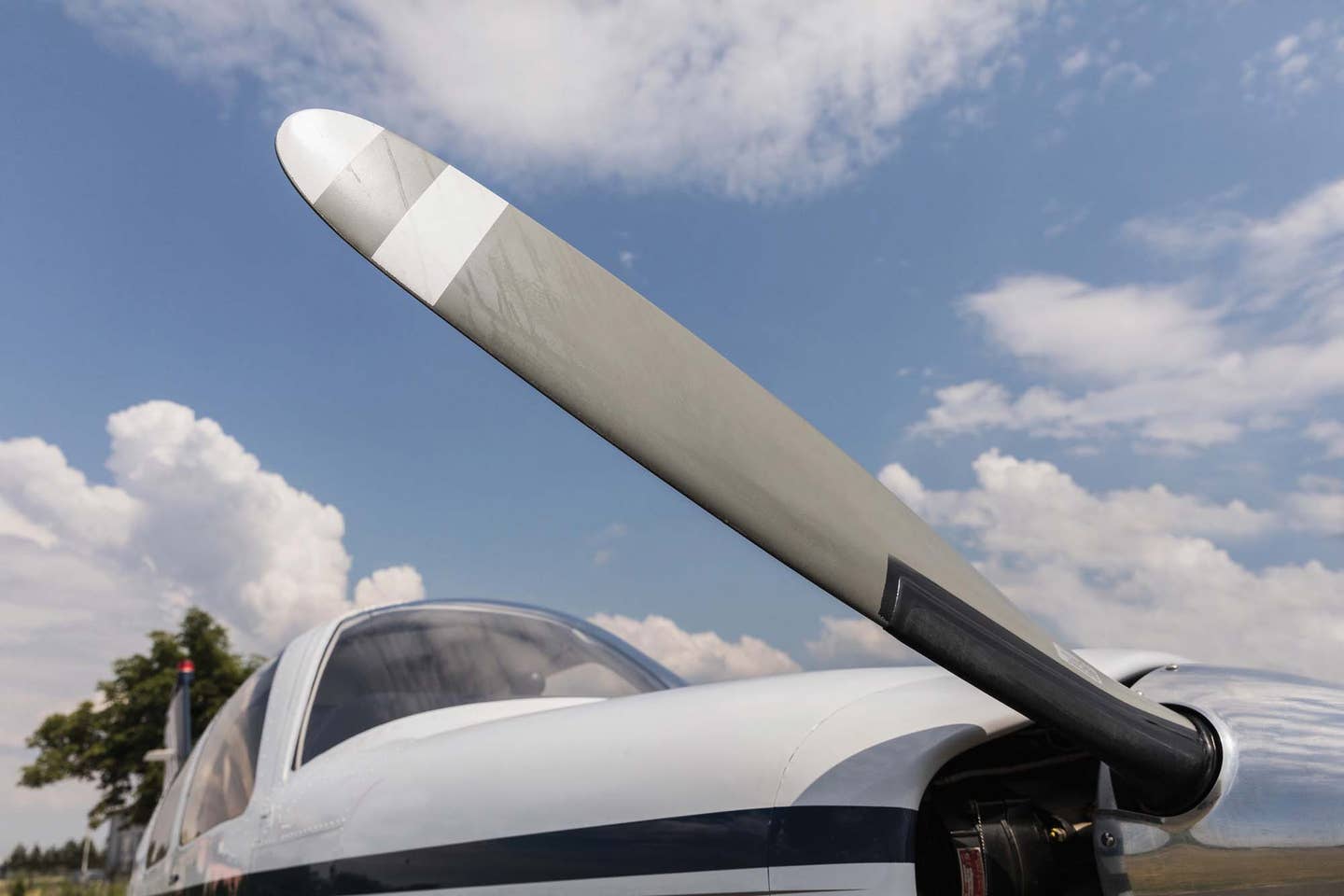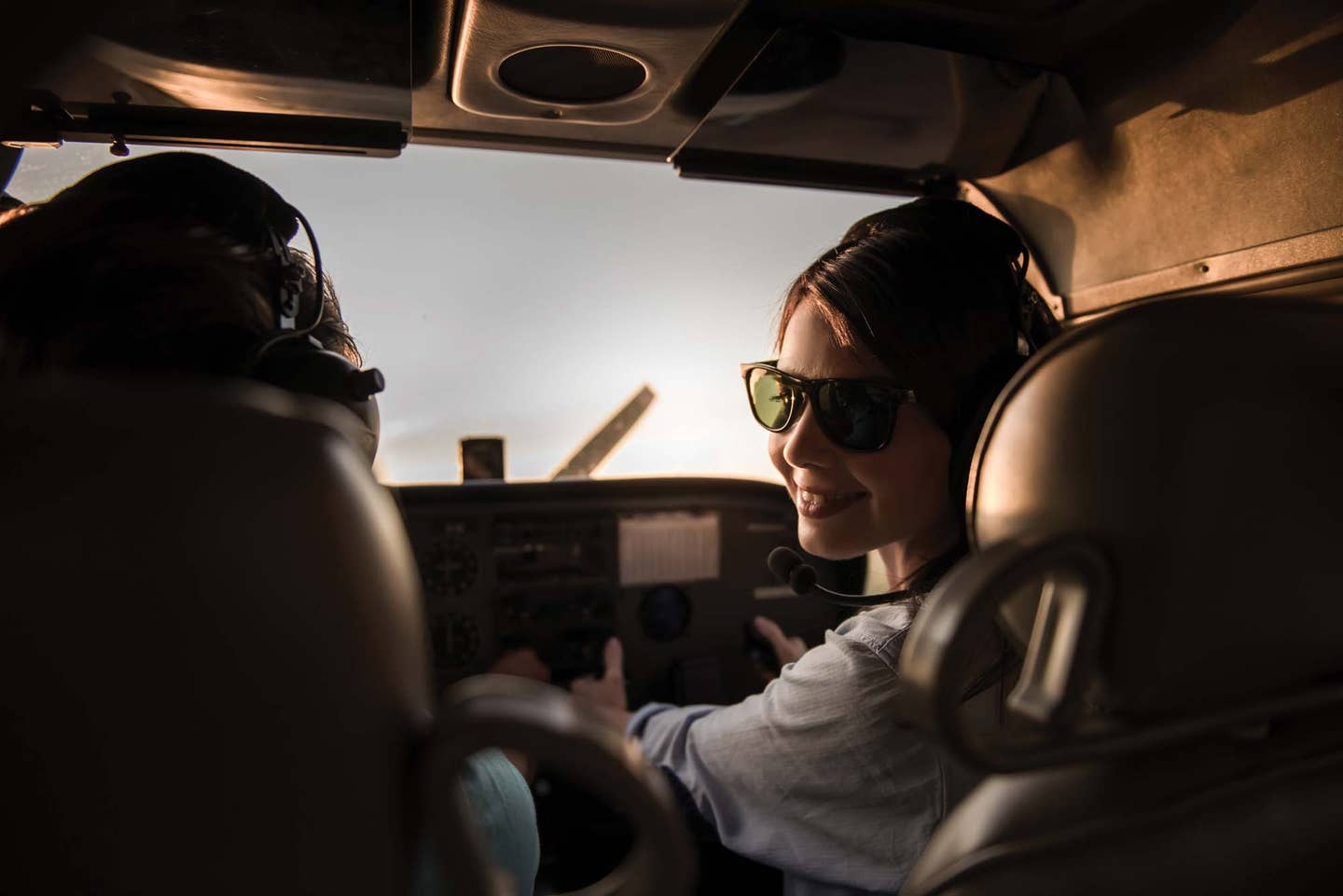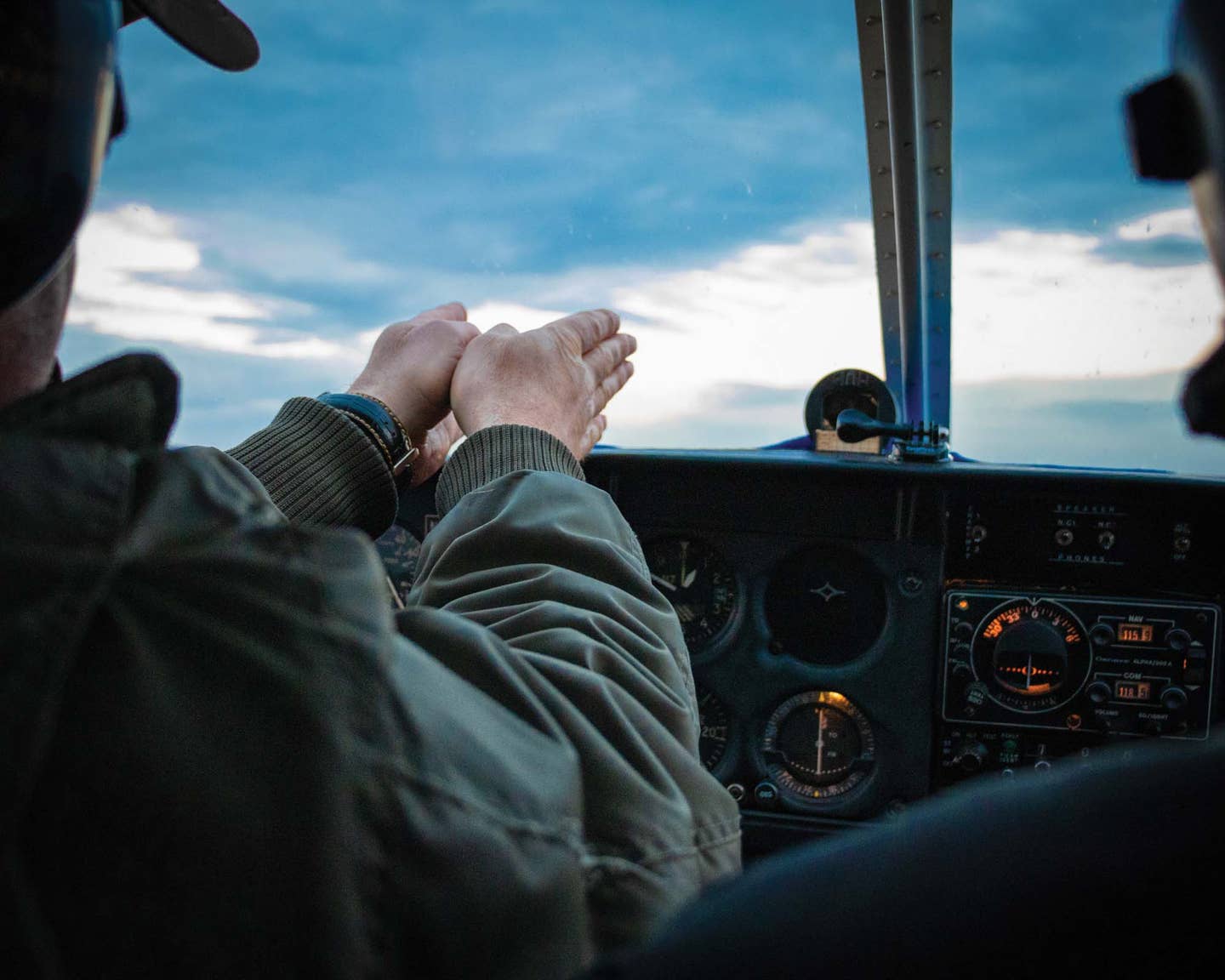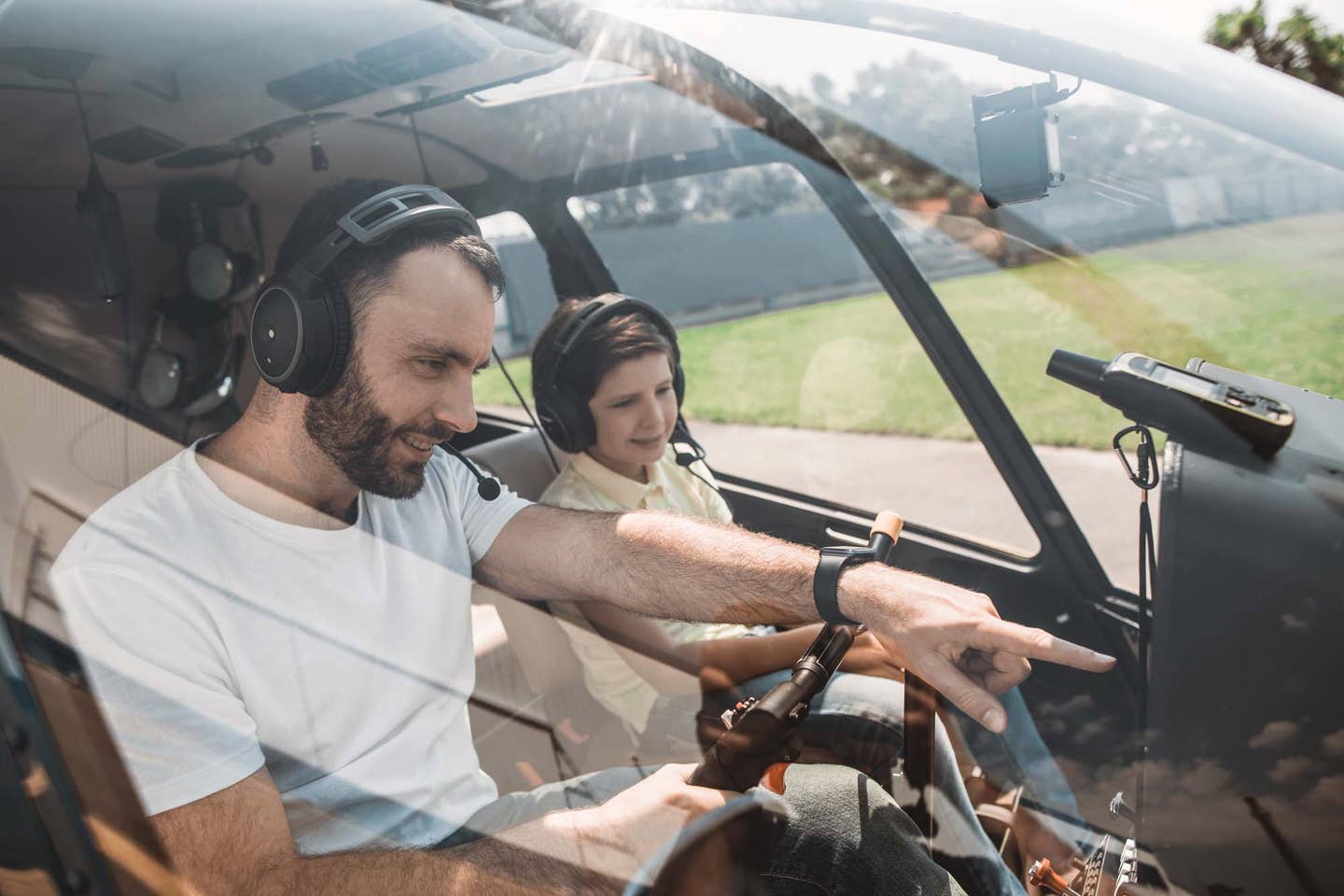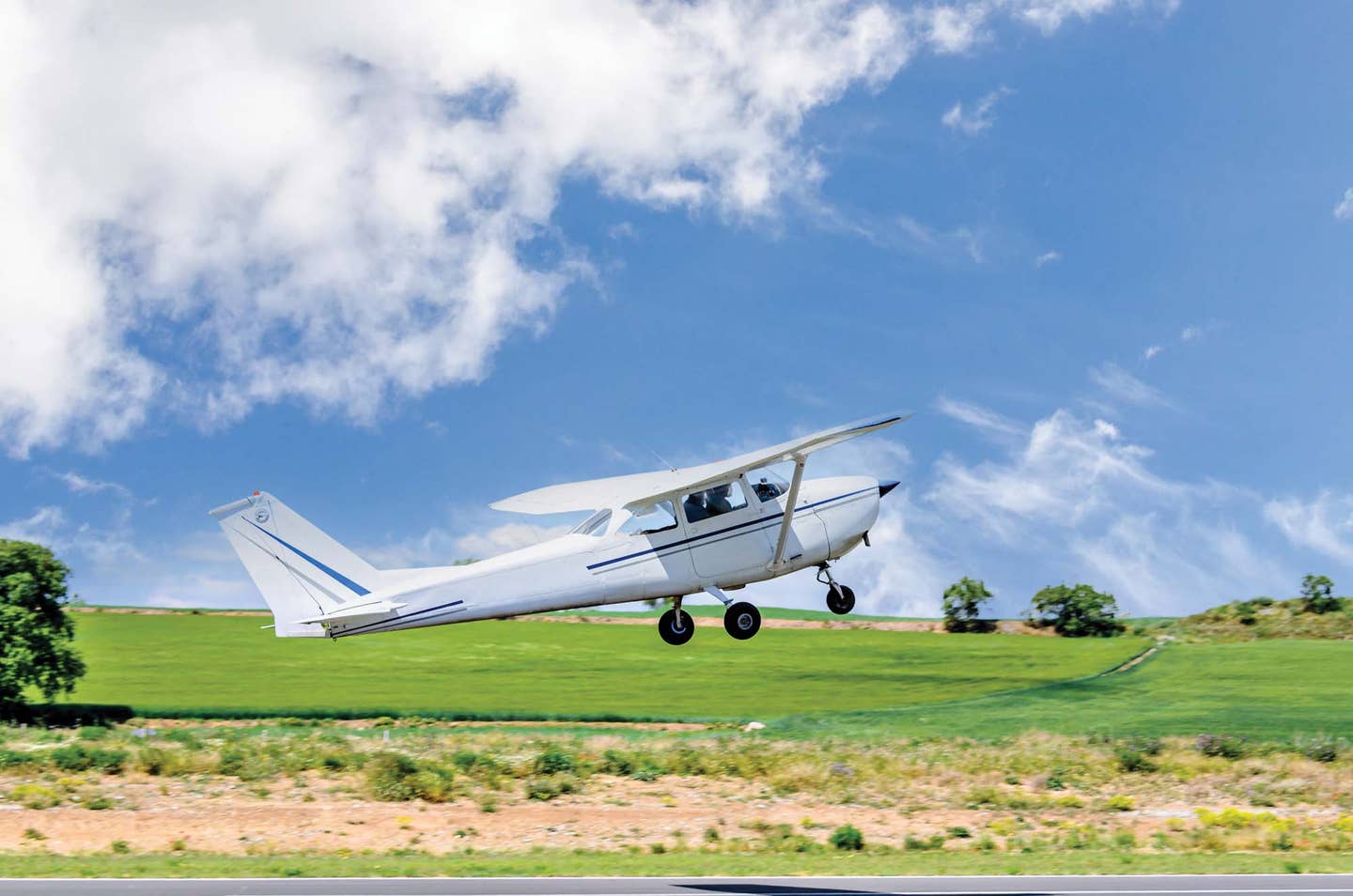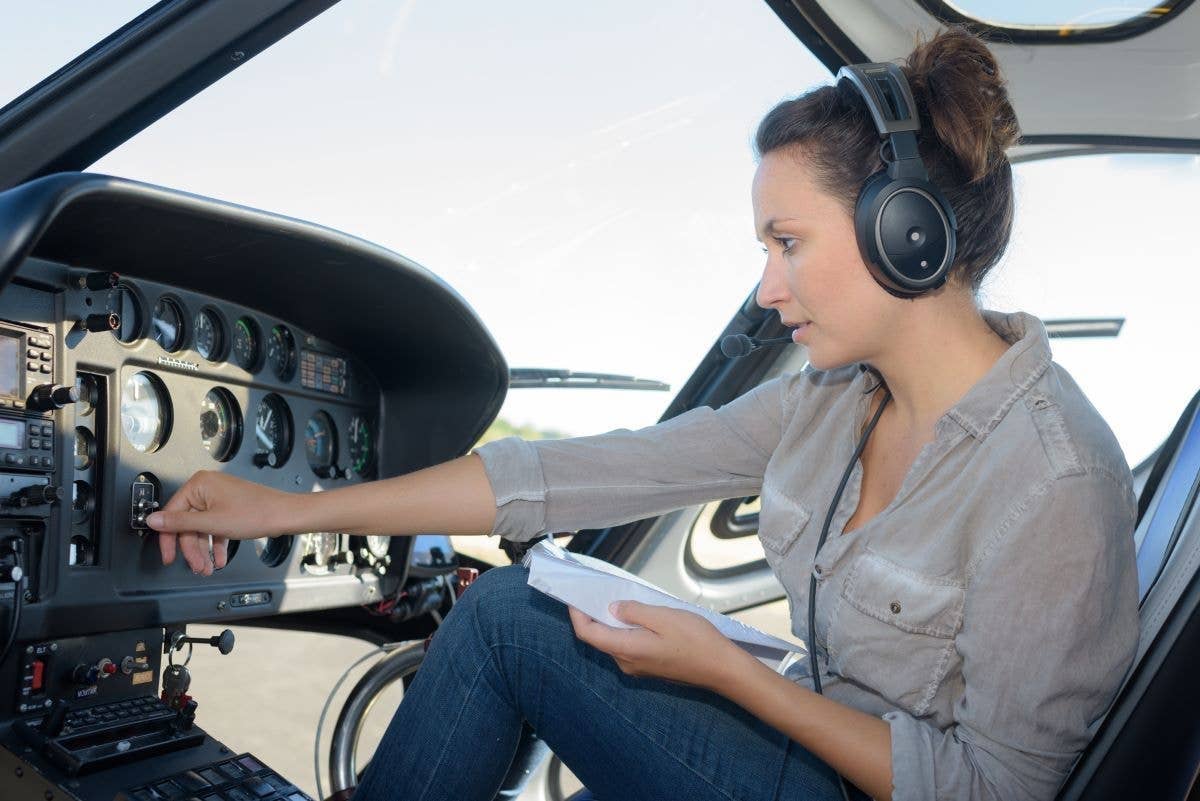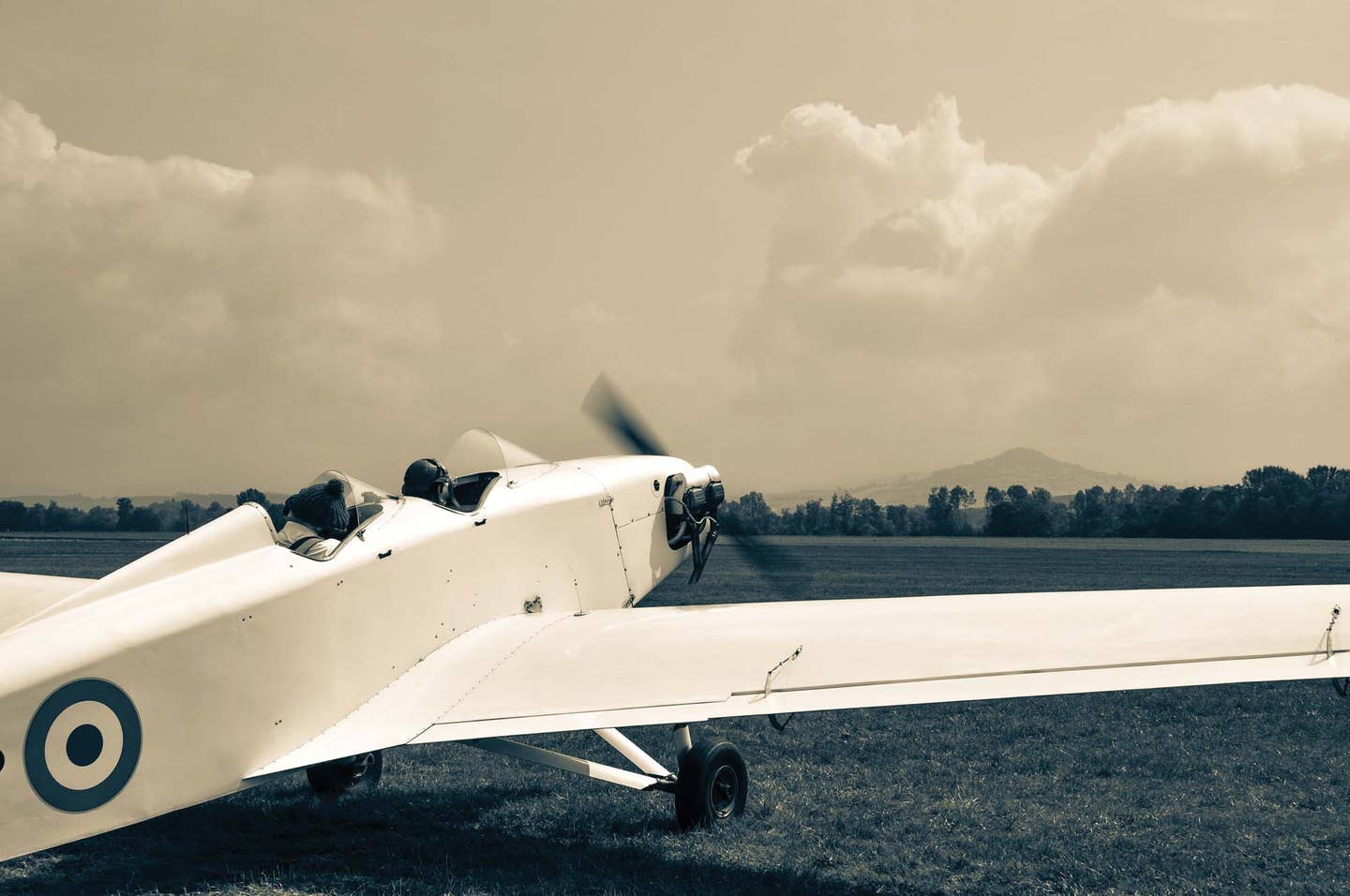
Leonardo da Vinci said it best: “Once you have tasted flight, you will forever walk the earth with your eyes turned skyward…”
We have all felt a sense of accomplishment and pride as we slip that freshly printed private pilot certificate into our back pocket. Soon, we are the master of the Saturday morning breakfast run. Each of our immediate family members, relatives, and close friends has had the opportunity to witness our incredible aviation skills up close and personal, some against their better judgment. Then just as suddenly, the newness has worn off, the limits imposed by our VFR-only certificate become apparent, and we begin to ask ourselves, what’s next?
This is a critical juncture where many promising pilots stop flying. So, how can we keep the wonder of flight alive?
The truth is that “a good pilot is always learning,” and there is no better way to continue the journey than to go for that next certificate or rating. The FAA feels so strongly about this that a check ride for a new certificate or rating will substitute for your flight review requirement. Additionally, your insurance broker loves to hear that you are continuing your aviation education and will reward you with lower rates.
All Certificates, Endorsements, and Ratings Are Not Equal
The most significant deterrent for pilots continuing their aviation education is often their experience, good and bad, in the private pilot course. Flight schools will tell you that the private pilot is the most challenging, time-consuming, and expensive certificate to obtain.
Everything is new to the student pilot. The weather must cooperate, the environment is new, and the budding pilot must learn nearly three-quarters of the knowledge they will use throughout their entire aviation career. It is a lot of learning packed into the 60-70 hours and six to 12 months it takes the average pilot to complete.
The good news is that the follow-on certificates or ratings are much easier to complete on time and within the projected budget. The private pilot has achieved a specific level of proficiency, successfully passed an FAA check ride, and is better prepared for the next step. So, what’s next?
How About That Instrument Rating?
There is a common misconception that the instrument rating is just about flying in the clouds. However, the professionals will tell you that it is as much about the discipline and precision required to fly the aircraft and follow established instrument procedures, rain or shine. Significant portions of the IFR rating can be accomplished in a flight simulator, FTD, or ATD, reducing cost and increasing availability. This rating does require the pilot to log 50 hours of cross-country time as pilot in command (this is waived for Part 141 instruction). However, this time can provide a wealth of experience and qualifies the candidate for the commercial certificate that often follows.
On the plus side, insurance companies love instrument-rated pilots. This rating should end any temptation to “scud run” around TV towers or under a low ceiling and eliminate the dreaded VFR-into-IMC trap. But more than that, it opens a whole new world of usefulness for you and your aircraft, and the ATC services provided on an IFR clearance are significantly better than the “workload permitting” VFR advisories.
One more thing: Just because you have earned an instrument rating, there is no requirement to go out and fly in low ceilings and visibilities. Each pilot can set their own personal minimums, and many IFR-rated pilots continue to fly on an IFR clearance in VFR conditions. The ATC service is better. OK, you say, this all sounds good, but I am not ready for this big a bite of the aviation apple. What else can I do?
Are There Lower-Cost Alternatives?
There are other ways to have some flying fun, expand your knowledge, and keep the excitement in your flying. How about a tailwheel endorsement? We have all had to listen as taildragger pilots remind us that they are the only “real” pilots. If we can’t beat ’em, let’s join’ em!
The tailwheel endorsement is neither a rating nor a certificate. There is no check ride or minimum hour requirement—most complete in less than 10 hours. However, fly with a taildragger pilot and you will immediately notice the precision and coordination, especially during landings. Tailwheel training will introduce you to a world of grass-runway, window-open, breeze-in-your- hair flying. And along the way it will improve your landing skills in your trusty tricycle-gear steed.
Similarly, consider a glider pilot add-on to your private certificate. Three hours and 10 solo flights are the minimum requirement, although most take a bit more. Glider pilots land precisely without power every time. Just like your taildragger friends, flying a glider improves every aspect of your aircraft control.
And if you really want to have some fun, taking off, landing, and taxiing on a beautiful pristine lake has got to take the cake. The seaplane rating is often completed within a week. As a bonus, many seaplane schools are in beautiful vacation spots, so make sure to take the family along. Both these additions to your certificate will improve your skills and keep your flying interesting and alive.
What, Me a CFI?
On the other end of the spectrum, the path to the Certificated Flight Instructor and Instrument Instructor takes more time and dollars. Consider the CFI the master’s degree of aviation, and with it comes the opportunity to share your passion for aviation with others and make a few dollars at the same time.
If you look around, you notice a shortage of CFIs. And it is not forecast to improve anytime soon. This means that the weekend CFI ranks are also depleted. For many of us who hold jobs outside aviation, the CFI certificate is a ticket to some enjoyable flying, a source of modest additional income, and a way to keep the aviation flame burning brightly.
If you ask, most CFIs will tell you that they learn as much about flying from their students as their students learn from them. The joy of introducing others into the world of aviation that you have discovered cannot be overstated, and along the way, you get paid for your services. However, the path to the CFI, which includes the commercial pilot certificate, is a longer and significantly more expensive road. So are there some tips and tricks to help us control the cost and time to complete these courses.
How Do the Pros Make It Look So Easy?
Our commercial and military friends are always training. Yes, you say, they get paid the big bucks, but their training programs are often compressed, and they have a lot more on the line every time they play “you bet your certificate.” Time is money for the airlines, so many jet transition courses are less than 30 days in length. Little tolerance for repeat lessons here.
However, this compressed schedule is a blessing in disguise. The reduced time between lessons ensures these pilots do not regress and forget what they have learned. Here are a few training hacks from the pros that translate to us down here in general aviation land.
First, clear the decks and arrange for an accelerated period of initial instruction. Negotiate with the family to use those well-earned two weeks of vacation to get a head start. The first few lessons contain the newest information, so hitting the ground running will set a firm foundation for the rest of the course.
Note: If you go this route, make sure your instructor/flight school can support this type of compressed initial training.
Second, make every hour count. If you find your CFI walking up to you before the flight and asking, “What are we doing today?” you may be wasting precious time and money. Your airline buddies and military jet jockeys spend the evening before each simulator or flight going over each aspect of it. They select the appropriate switches on their “paper tiger” (cockpit posters pinned to the wall) and chair fly each maneuver for the upcoming flight. Spending two hours preparing for each hour of flight time costs nothing and saves you time, money, and frustration.
Third, after your initial two-week push, make sure that you finish the training on a regular schedule. Have a realistic target completion date in mind and work toward it assiduously. Gaps in your training cost time, money, and your proficiency.
Finally, once you get the new rating or certificate, put it to good use. Polish that new instrument rating by filing and flying IFR procedures on every flight. Your friends and family will love to see all those scattered to broken clouds from above. The taildragger endorsement invites you to explore low-and-slow, open-window flying, and eventually, some amazing backcountry flying.
Put that CFI to immediate use. There are always pilots at the local airport who need to complete their flight review or build up their FAA WINGS program credit. Starting this way allows you to meet some wonderful fellow aviators, keep them up to date on the latest rules and regulations, and improve the quality of flying at your local airport.
A good pilot is always learning. Musicians will tell you that the best way to become a better player is to play with better musicians. Taking the time to get that next rating, endorsement, or certificate is an excellent way to learn from another aviator with greater experience, skill, and knowledge. It can’t help but improve your flying and, along the way, keep the spirit of flying alive.
So, get started. As Amelia Earhart said: “The most effective way to do it is to just do it!” Fly safe, and keep on learning!

Subscribe to Our Newsletter
Get the latest Plane & Pilot Magazine stories delivered directly to your inbox

